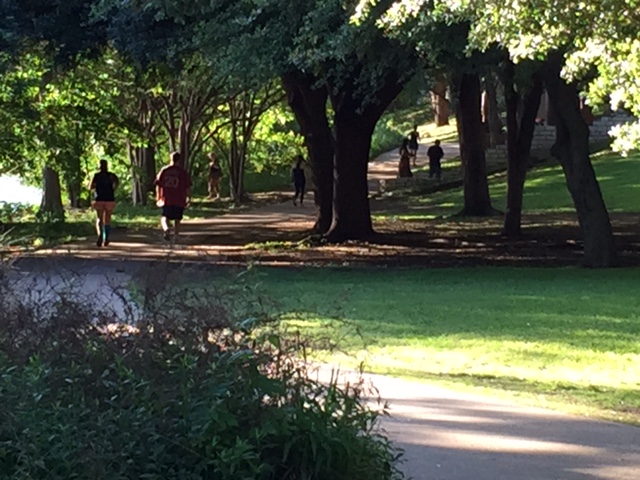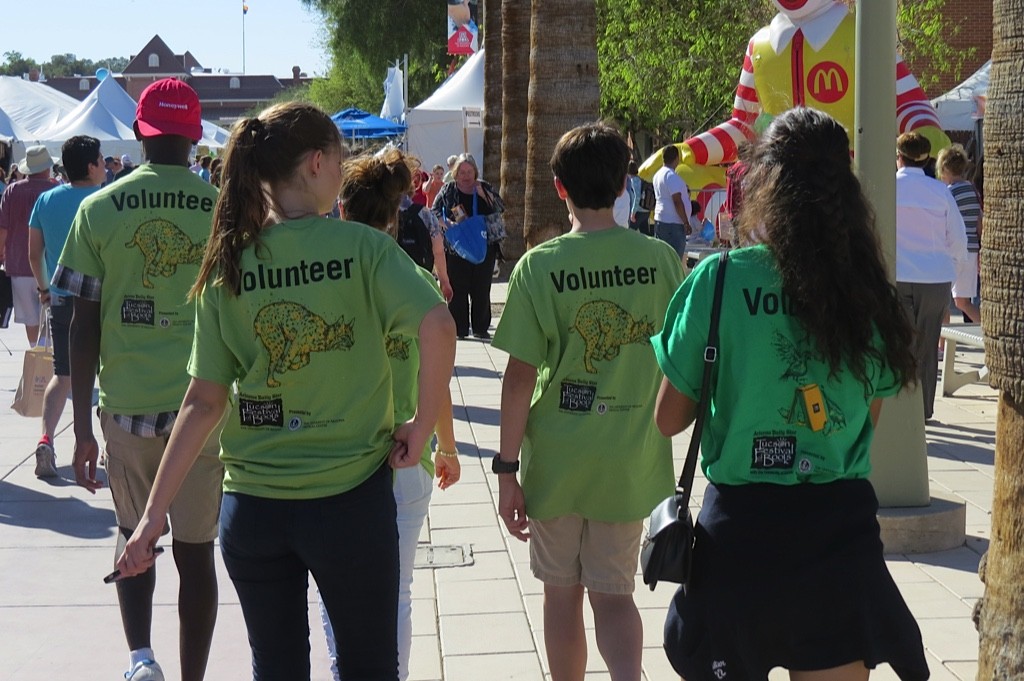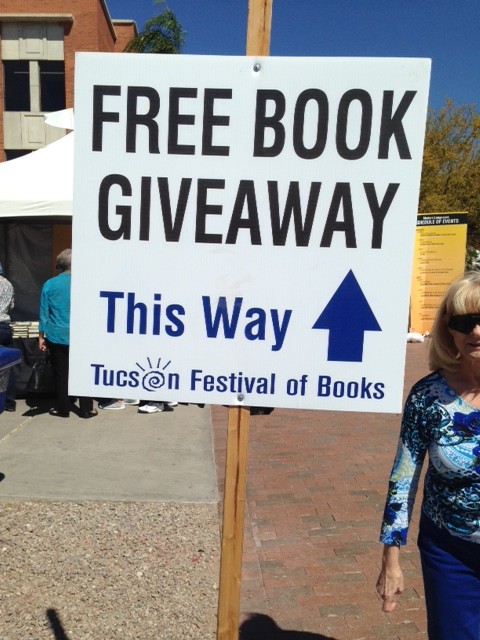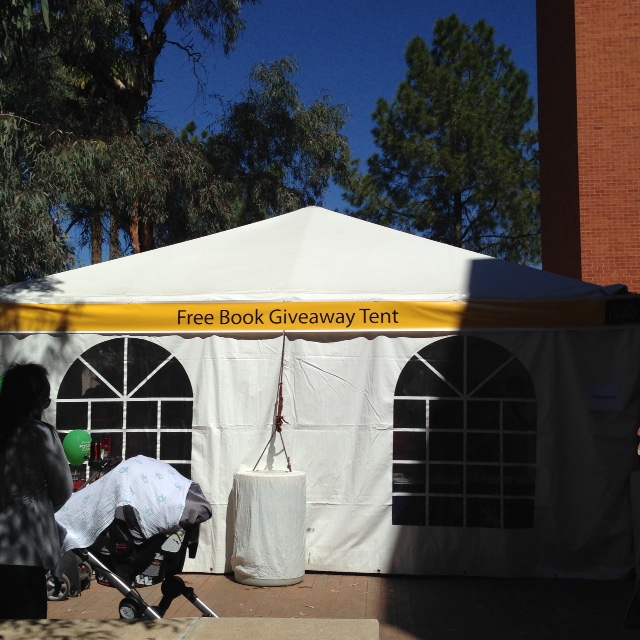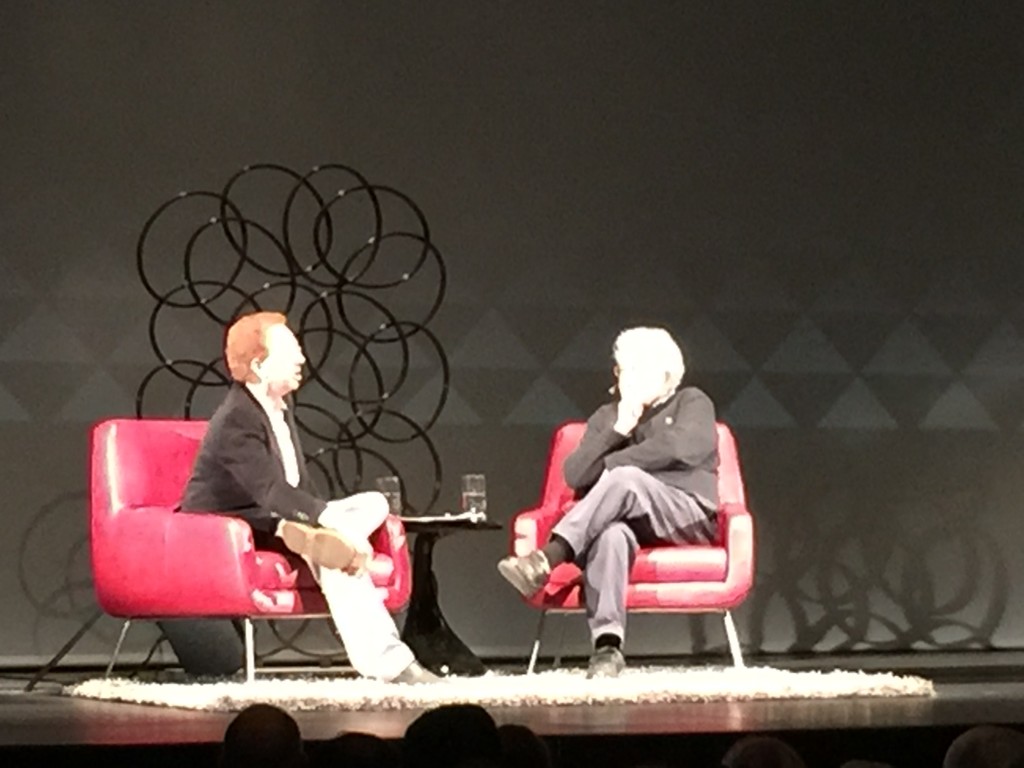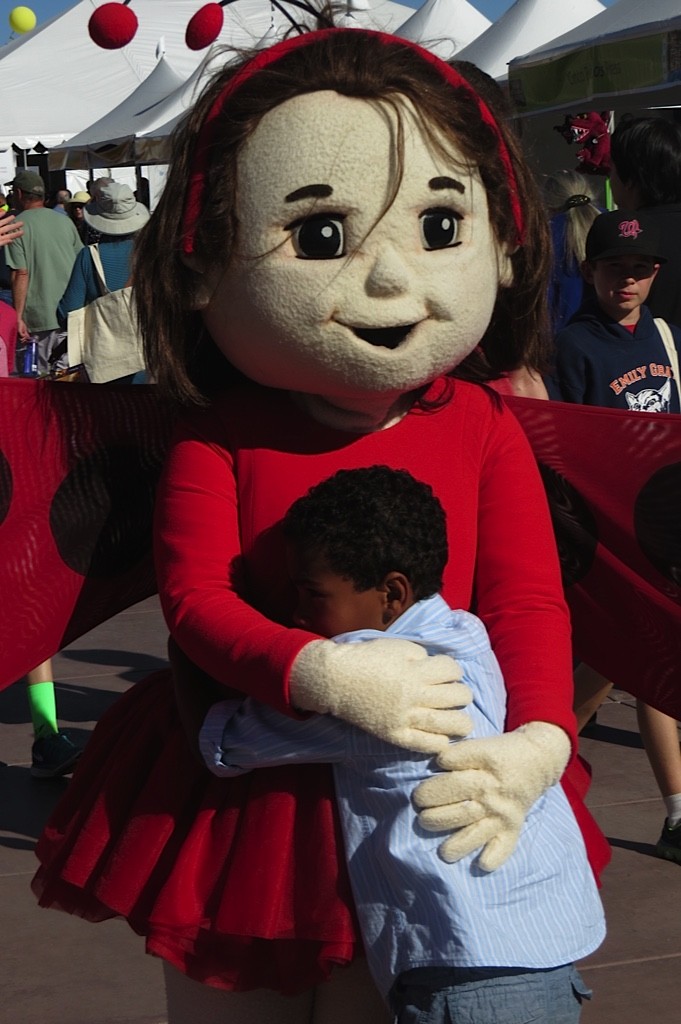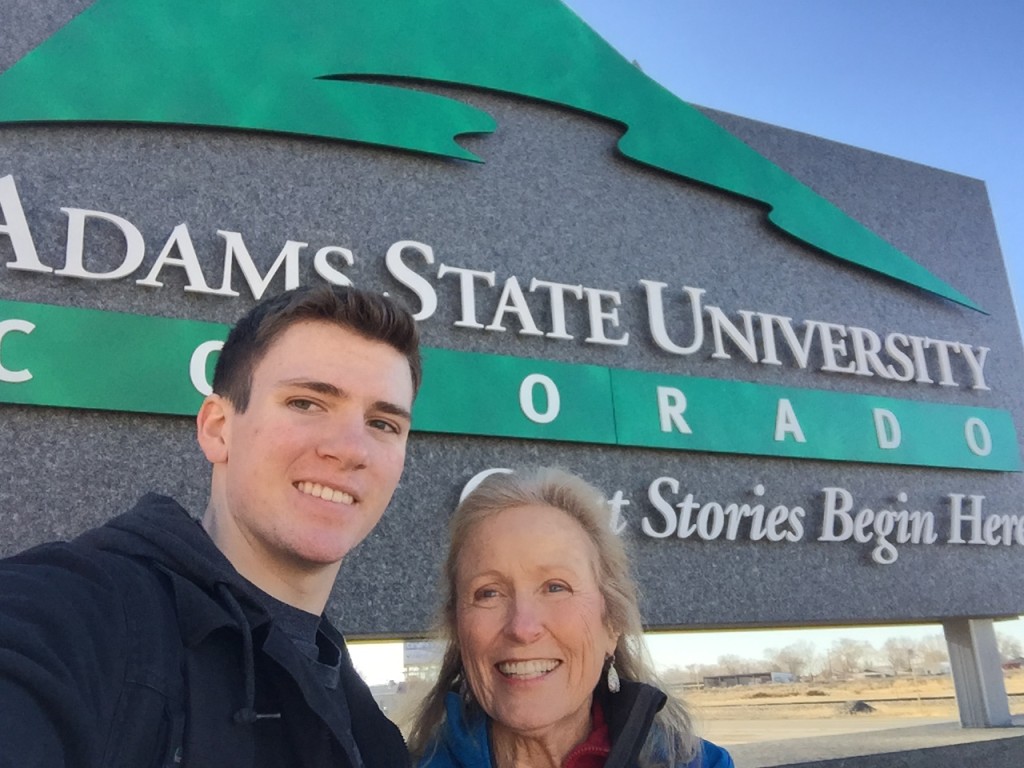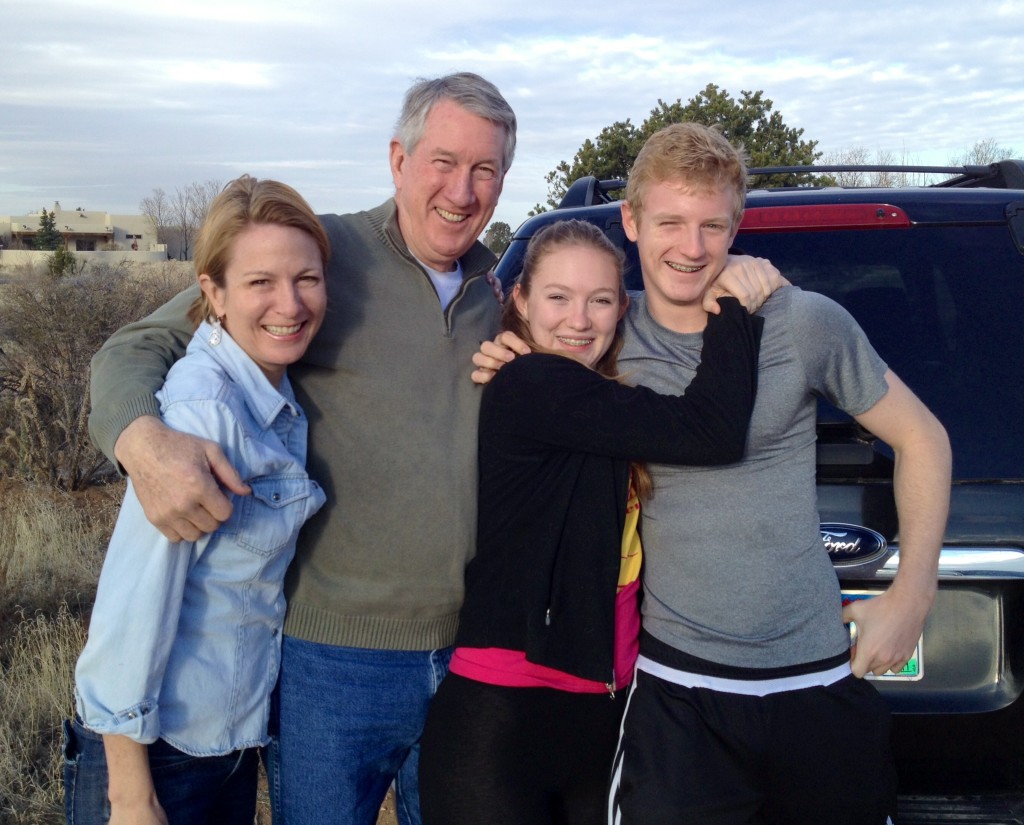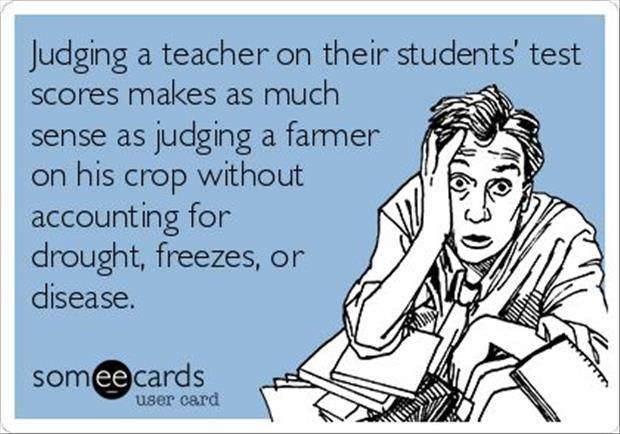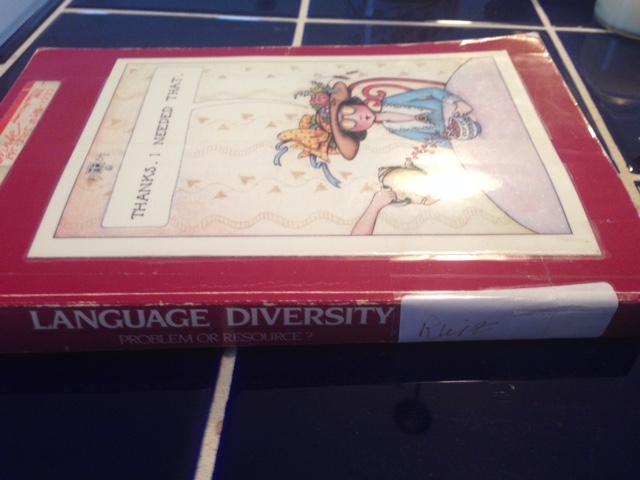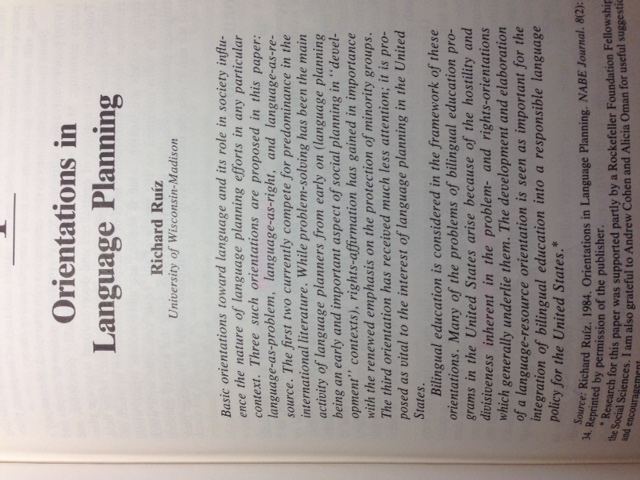Dear WinkWorld Readers, this post is a bit longer than I usually post: Here, I have the equivalent of 3 typed pages, and the first page is an adaptation to a story I published originally in Critical Pedagogy: Notes from the Real World, 4/e, 2011, pp. 16-17. The remainder of this post is an update to that original story.
Books Beget Books: Burnett Did This To Me
The Secret Garden by Frances Hodgson Burnett was my home run book. It was the first book that made me want to read more and more books.
What is a home run reading book?
Flash-back
I learned to read by way of phonics in the first grade from Mrs. Larson: Oh, how I loved Mrs. Larson. And, oh, how I loved her son, Paul; we all loved Paul. But, back to my reading story: First, I learned the individual letters and their sounds; from letters and sounds, I went right to words. Next came sentences, paragraphs, and pages. I learned to read by building up the parts–from bottom to top. Reading specialists would say that was a parts-to-whole reader. Some would say that phonics gets the credit. I slowly and carefully put the puzzle together piece by piece.
In school, I read every assignment, every chapter, every set of comprehension questions at the end of every chapter, every spelling list, every grammar assignment. I read everything I was told to read; I got good grades.
One problem: I hated to read. I read only the exact number of pages assigned. I never took a book home to read for pleasure. I went to college and continued this pattern. I spent every free moment in the library, got good grades, graduated with honors in literature, yet I still hated to read.
When my children were babies, I started to read to them. The baby books said that I should, so I did. With our first child, Dawn, something started to change. I loved the big black-and-white checkered book, The Real Mother Goose. I thought Winnie the Pooh had been written just for me. By the time we got to Charlotte’s Web, I was hooked on books.
I remember the first time Dawn didn’t want to hear The Secret Garden again, as she wanted to read the Laura Ingalls Wilder chapter books by herself. It was an a-ha moment in my life: I could read it for myself! It was my home run reading book. Suddenly, I had fallen in love with reading. I was about 30-years-old.
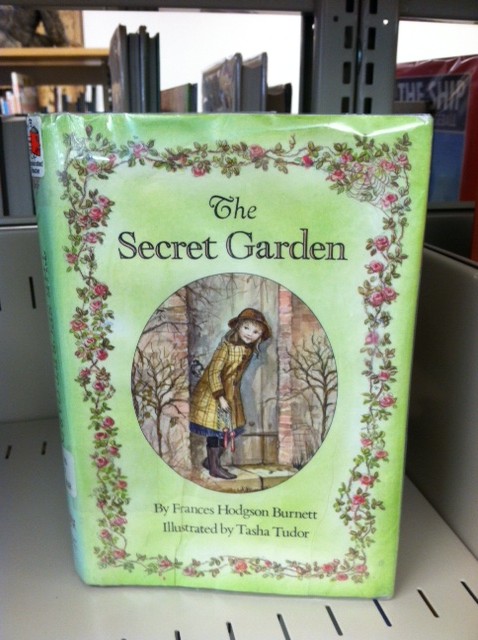
With our son, Bo, I broadened my literacy base. I probably have read The Three Little Pigs several thousand times, and I still huff and puff with vigor. Pecos Bill was the highlight of Bo’s preschool years at home. From there, he moved to BMX magazines and then on to motorcycle books. At this point, he jumped right into Stephen King, and I chose not to go along. Another a-ha moment: Now I could read whatever I wanted. Liberating.
When did Dawn and Bo learn to read? I have no idea, but it was before kindergarten. One day Dawn came home from kindergarten crying because she was not allowed to check out The Secret Garden from a library–she was told that only older students were allowed to take that book home. The same library had a rule that kids could only check out one book at a time–a rule Dawn hated. One day, she checked out her one allotted book, and shoved 3 more up inside of the front of her t-shirt, and headed for the library door. She had detention for a week.
Dawn and Bo learned to read the opposite way that I did. Reading specialists would say that they are whole-to-part readers. They look at the whole picture of the puzzle first and then put the pieces together. Do they love to read? Yes. Do they read for pleasure? Yes. They have been avid readers since the days of The Secret Garden.
Flash-forward to the Present
Since that time, I have bought multiple copies of The Secret Garden to reread and eventually give away. My pattern through the years has been something like this: Look for my copy of The Secret Garden on my shelves–realize I gave it away–buy another copy–read it–love it–give it to someone–tell them that they will love it. I even gave one to my Little Free Library.
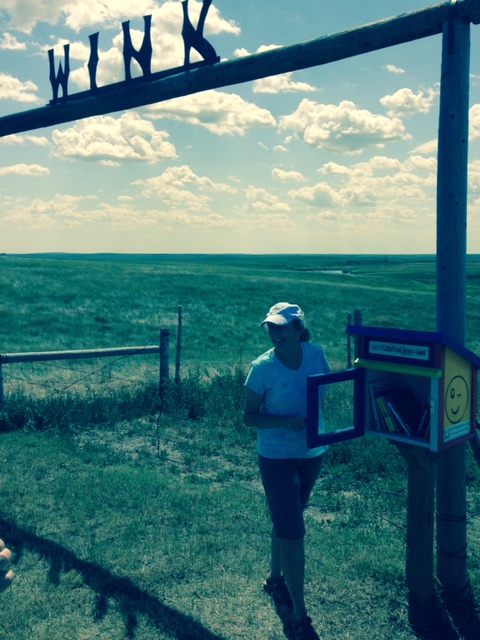
My friend, Jodi, is now reading that copy to her daughters.
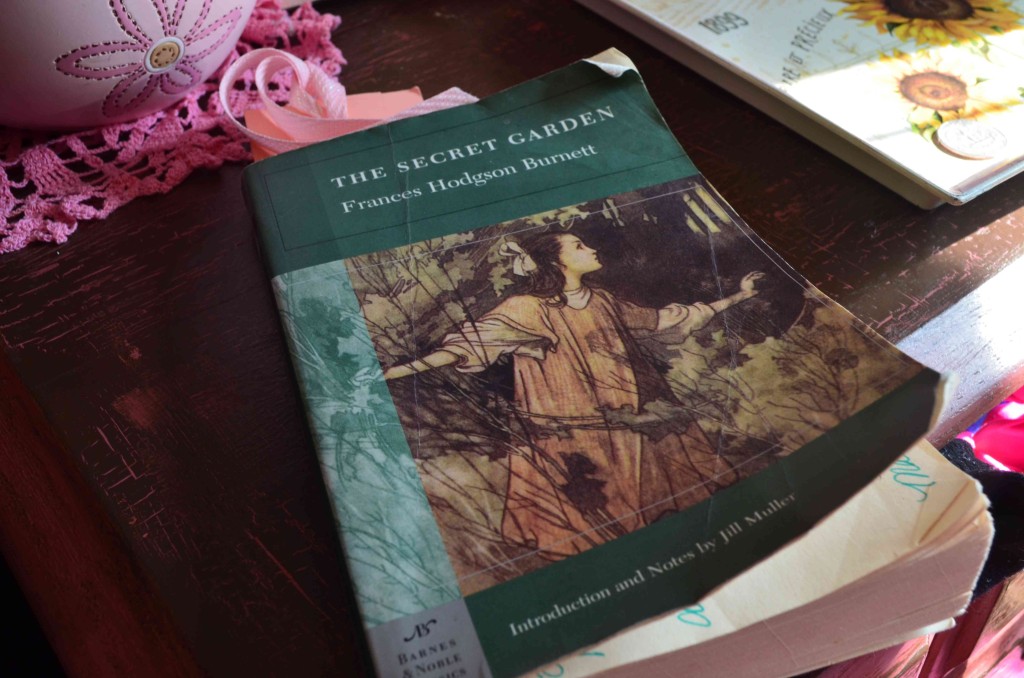
Another friend, Missy, teaches at Atall School, a one-room k-8 isolated school on the prairies. She decided to read The Secret Garden to her 12 students, and I wanted to read along with the students. One problem: Jodi now had my last copy. No problem: Missy gave me two copies (knowing that I would give one away).
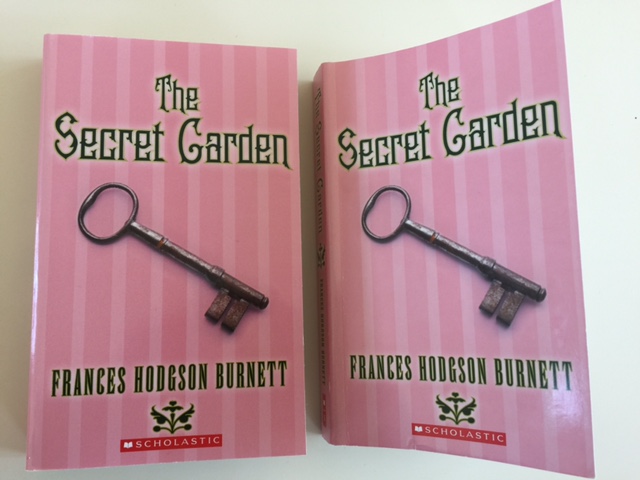
What a joy it was to rediscover the story with a new group of kids, even if we were a bit bothered by a pink cover. This time as we read the book, the kids and I fell in love with the chapter (Curtain), which looked at children through the eyes of robins. I have reason to believe that Jodi is going to return my dark and loved soft book and take that extra pink one.
Remember, Books Beget Books
Flashback To Last Summer
Now, you would think that this is the end of the story, but no. A woman friend visited the ranch last summer and read The Forgotten Garden by Kate Morton. When she finished it, she handed it to me to read and pass on. The book lay around on my bedside table for several months. When Missy, the Atall kids, and I had finished the Secret Garden, I began searching for something to read. Yes, you guessed it: The Forgotten Garden jumped up off my bedside table and into my hands. And, yes, there is a dark, secret garden in this story, which holds the answer to the question, which haunts three generations of women in one family. Of course, the granddaughter eventually solves the mystery. (Thank you, Barb Gentry of Philadelphia for sharing this luscious read with me.) And, buried in this book, about 2/3 the way through (chapter 37), suddenly a Mrs. Hodgson Burnett makes a little cameo appearance in the story.
Frances Hodgson Burnett is the author of The Secret Garden.
One Last Story About Books Begetting Books
Last week I was in Tucson at a bookstore, and a book filled with a magical world of ink drawings of secret gardens caught my eye; the title was The Secret Garden by Johanna Basford. I knew the Atall kids had to have it and could use their felt-tipped markers and/or colored pencils to recreate their own works of art.
See the cover of this book here.
Wouldn’t you know it: The very next day on Facebook a colleague from Brazil posted the cover of the book, which she had found in Sao Paulo. The original black/white ink etchings on the cover page were already colored with the words, El Jardim Secreto. Remember, they speak Portuguese in Brazil. Thank you, Daniela Alves Meyer.
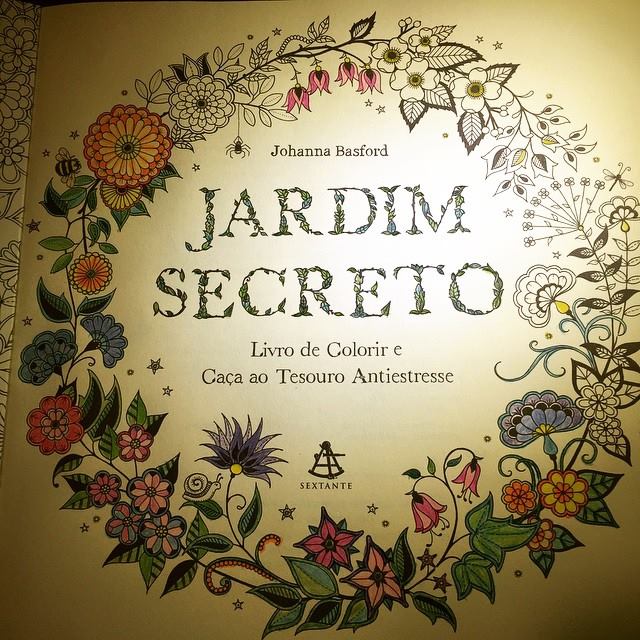
And, to think that this story all started years ago because Dawn wanted to read the chapter books of Laura Ingalls Wilder, and Bo wanted to read Stephen King. Fortunately, for me, the first book I grabbed was my home run reading book. If you have not found yours yet, just keep grabbing books: One of them will be your very own home run reading book.
For more about Johanna Basford, read here.







